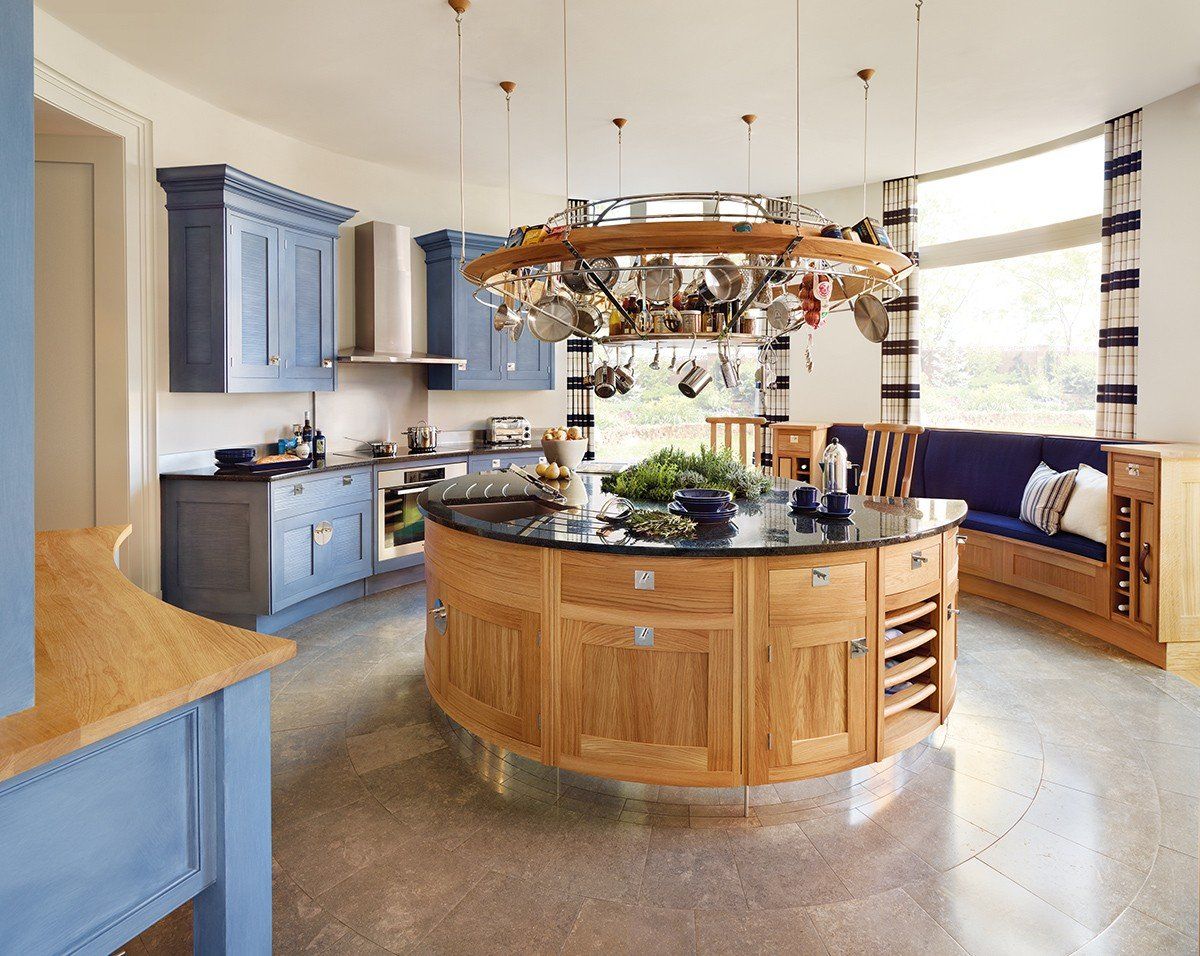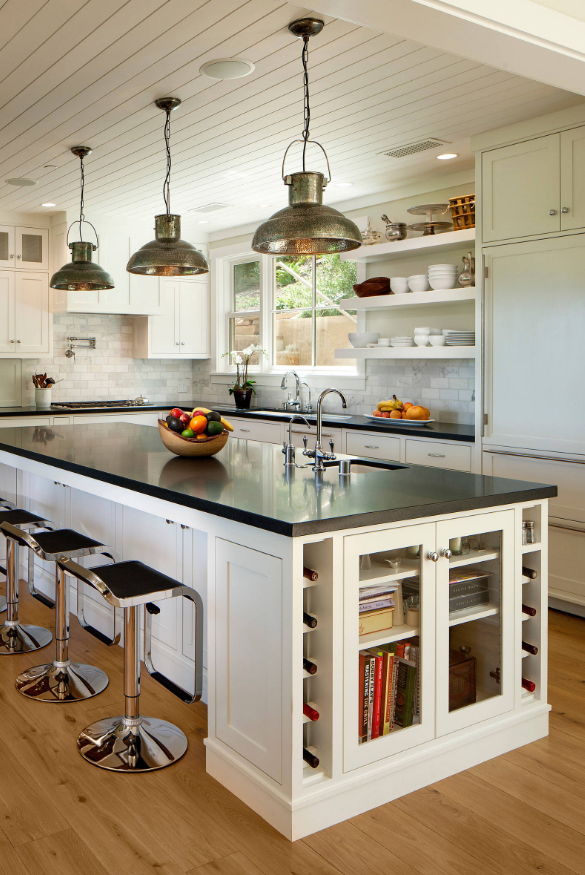Table Of Content

Although Japanese gardens are an age-old tradition in the East, they’re picking up as the latest gardening fad around the globe. Instead, you’ll notice a lot of asymmetry in them, as seen in nature. Find more inspiring options for your paving ideas in our feature. Here are our five stand-out varieties for you to try in your space.
Emphasizing empty space (Ma)
As autumn comes to an end all you may need to do is give it a quick tidy up by snipping off any dead stems. No plastic fencing or ornaments, no whirligigs hanging from the trees, and definitely no garden gnomes. All wooden items should be unpainted unless you bring in one or two bright red ornaments to balance the fire element.
Add height with bamboo
The arrangement and flow between these areas are carefully considered to create a sense of continuity and harmony in the garden. Japanese gardens are carefully designed to adapt to each season. From the blossoming cherry trees in spring to the fiery red maple leaves in autumn, these gardens change and evolve throughout the year. Plants and trees are chosen for their ability to create a sense of seasonal beauty and interest.
What are the best plants for Zen gardens?
Embrace the serenity of a Japanese garden by incorporating sand and gravel. Use various sand shades to craft pathways and serene designs. Gravel can complement these paths, leading your gaze and highlighting key elements. Careful planning and maintenance will transform your backyard into a peaceful oasis. Place benches or chairs near the stream to allow for relaxation and appreciation of the soothing sounds of flowing water.

While wanting to create a zen garden is a universal thought, ultimately one should never borrow from another culture without truly understanding its significance throughout history. You don’t want uniformity or consistency in garden walls or stepping-stones; quite the opposite in fact. The best stones for an authentic Japanese garden are rounded on one side, and flat on the other if they're to be walked on. You can use a rake to create patterns in the sand, and change the patterns from time to time to make the garden feel new. If you had to pick one color that’s essential to a Japanese garden, it would be green. Use a variety of green hues to create a sense of quiet and calm, a place that is restful, a million miles away from the hectic pace of daily life.
Landscape architect Marc Peter Keane highlights the beauty of Japanese garden design.
This could include wind chimes, water features that create gentle sounds, or aromatic plants that release pleasant scents. By engaging multiple senses, you create a more immersive and enjoyable experience in your garden. Zen gardens are designed to evoke a sense of serenity and tranquility.
Garden making was barely underway in California when, in the late nineteenth century, Americans became enamored of Japanese culture and art, including gardens. The Dwarf Pine (Pinus spp.) is a captivating addition to any Japanese garden, bringing a sense of strength, serenity, and timelessness. This compact evergreen tree offers a unique blend of beauty and versatility, making it an ideal choice for small spaces and container gardening.
Chaos Gardening Is the Carefree Approach to Gardening Anyone Can Try - Better Homes & Gardens
Chaos Gardening Is the Carefree Approach to Gardening Anyone Can Try.
Posted: Wed, 26 Jul 2023 07:00:00 GMT [source]
From small projects to large, our services encompasses wide range of capabilities to provide you with a clean environmentally safe and clean Japanese garden. From pruning trees , botanical design to just taking care of your new garden, we consult every project with utmost care. From traditional Japanese garden design to more modern contemporary design, call us and find new possibilities in gardening & landscaping design. Combine the Japanese Zen theme with your own desires for a backyard space. Instead of throwing it away, he added a moss filling and created a new, interesting focal point for the garden. He also experiments with combining unlikely materials and unexpected stone shapes.
Connecticut Garden Design Ideas - New England Farm - Veranda
Connecticut Garden Design Ideas - New England Farm.
Posted: Thu, 18 Jun 2020 07:00:00 GMT [source]
Add a Japanese-inspired bridge
Japanese garden ideas favour an asymmetrical approach, with rounded low-level topiary seeming to flow and create movement to link with the view beyond. It’s practical in addition to looking good, as it can be used to enhance boundaries and add privacy – most will grow to around 4 metres but some varieties grow as tall as 6 metres. The rustle of foliage can also help to screen traffic noises to enhance the tranquillity in your garden sanctuary. When designing and building your Japanese garden, plan for lots of space between elements.
To infuse your Japanese garden with an inviting and enchanting ambiance, consider incorporating strategically placed floor lights. These lights can cast a warm, dramatic glow along paths or around ponds, creating a captivating effect. Never miss a fabulous garden or ideas on how to design your own. We have some great advice from landscape architect Marc Peter Keane, an expert on Japanese gardens who’s written six books on the subject. American-born, Keane lived in Japan for 20 years and goes back regularly to visit family with his Japanese wife.
Convert the space outside your house into a minimalistic lawn. These three simple words capture the essence of Japanese gardens, which are designed to replicate the beauty and textures of nature. Trees in Japanese garden design are usually pruned into shapes that reveal their architectural form. This Japanese maple has an intriguing zigzag branching pattern. Arching branches reach over the contrasting groundcover and reflect in a nearby pool of water.
To create your own, choose a variety of pebbles, considering size, shape, and texture. Arrange them thoughtfully to form captivating patterns, encouraging mindfulness and meditation. They can include ponds and islands, bridges, tea houses and dry landscapes of sand and gravel and are full of design and planting ideas that we can try for ourselves. Whatever you choose, remember to bring in the traditional features—rocks, some sand, shrubs, and perhaps a tiny lantern.
Use the structure for entertaining or for viewing the serene landscape. Use a simple bamboo fence to block views of the world outside your garden and make the entrance clear with a gate and attractive arbor. You can even try growing bamboo plants yourself, which are among the fastest-growing plants in the world.










